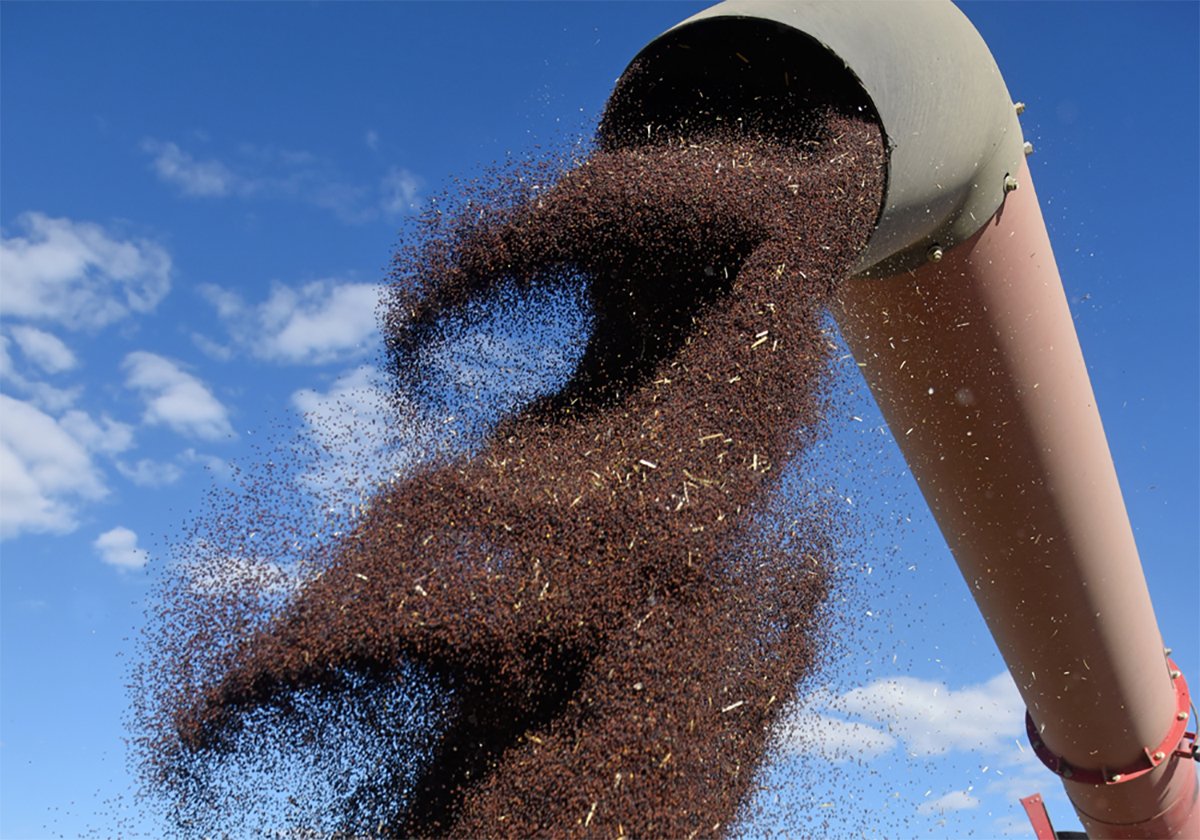Farmland values are still on the rise, but the rate of increase continues its downward slide.
Average farmland values in Canada rose 10.1 percent in 2015. That is down from a 14.3 percent increase in 2014 and a 22.1 percent hike in 2013, according to a report by Farm Credit Canada.
FCC chief agricultural economist J.P. Gervais believes that trend will continue in 2016. He is forecasting a modest increase in the range of two to four percent this year because he believes crop receipts reached their apex in 2015 and are on the decline.
Read Also

Ag minister says tariff situation with China is fragile, volatile
Agriculture ministers from across Canada said they heard canola producers’ concerns about tariffs but it seems unlikely they can do much about them.
But there will still be positive growth, unlike the United States where land prices have taken a downward turn, dropping five to six percent in the corn belt of the Midwest in 2015.
The last time average farmland values fell in Canada was 1992.
“We’ve had more than 20 years now of increases in farmland values,” Gervais told reporters.
He emphasized that the FCC provincial and federal numbers are averages. There are regions in various provinces where values have dropped.
Gervais thought the rate of increase in 2015 would be lower than it was. The biggest influence on farmland values is crop receipts and that ended up being a pleasant surprise.
Statistics Canada has only compiled crop receipt data for the first nine months of 2015 but FCC believes it will beat the 2014 total by two percent and the previous five-year average by 11 percent.
“When all the numbers are in 2015 could be a record year,” he said.
A big reason receipts are up despite commodity prices being down is that the Canadian dollar was 17 percent lower on average versus the U.S. dollar than it was in 2014. The other major factor that influences farmland values is interest rates. The cost of borrowing money fell compared to 2014, which made it cheaper to buy land.
Manitoba led all provinces with a 12.4 percent increase. Gervais said more grain farmers exited the business in that province than other provinces.
“That triggered strong local demand for the land that’s available,” he said.
Manitoba had been lagging behind Saskatchewan and Alberta in previous years.
“There may be a little bit of catching up in Manitoba with respect to other provinces in the Prairies,” he said.
Alberta was second with an 11.6 percent increase. Strong beef prices increased demand for grazing land.
Saskatchewan ranked fourth behind Quebec with a 9.4 percent increase due in a large part to strong pulse crop prices.
However, the rate of increase was well below the 18.7 percent experienced in 2014 and 28.5 percent in 2013.















